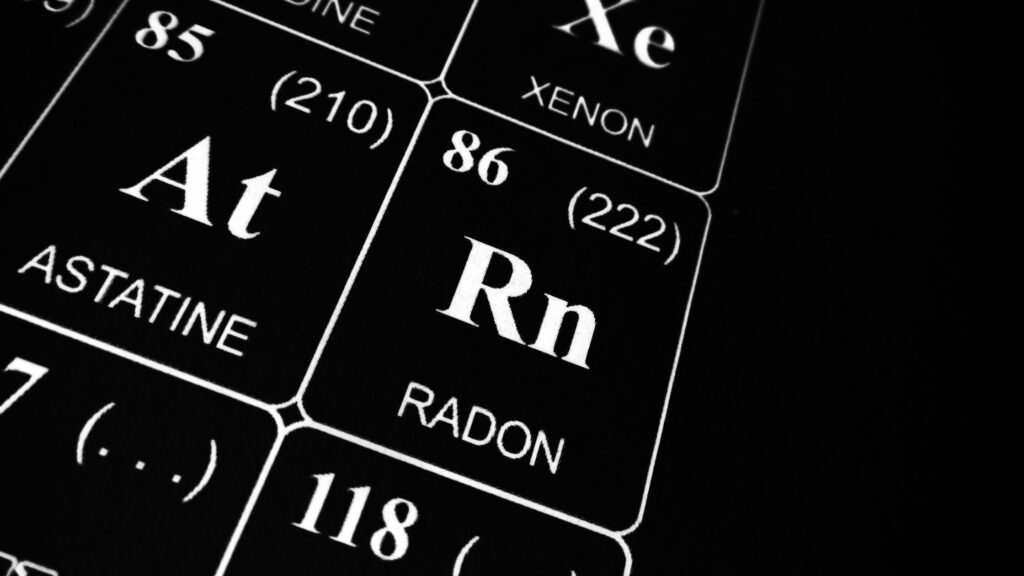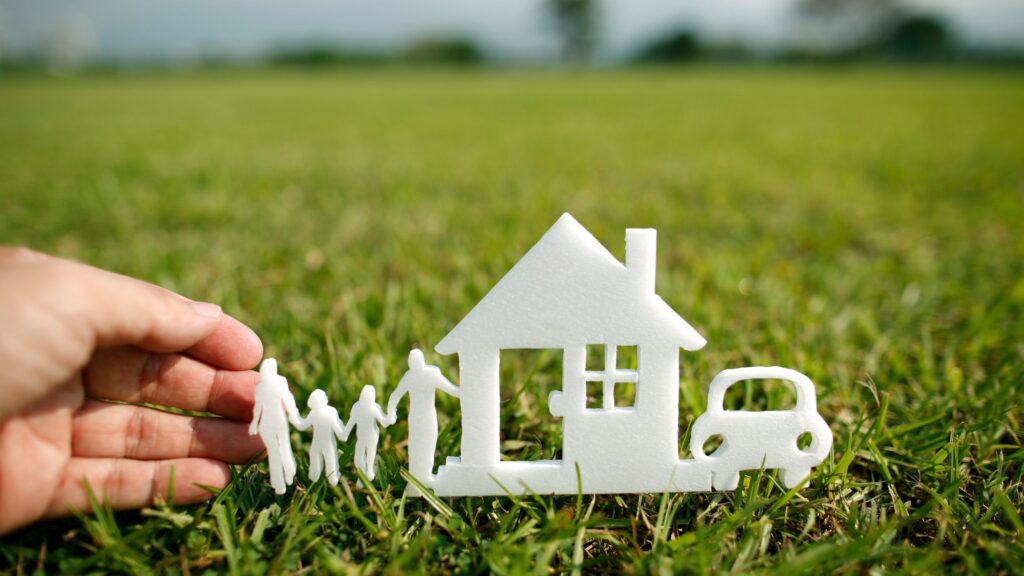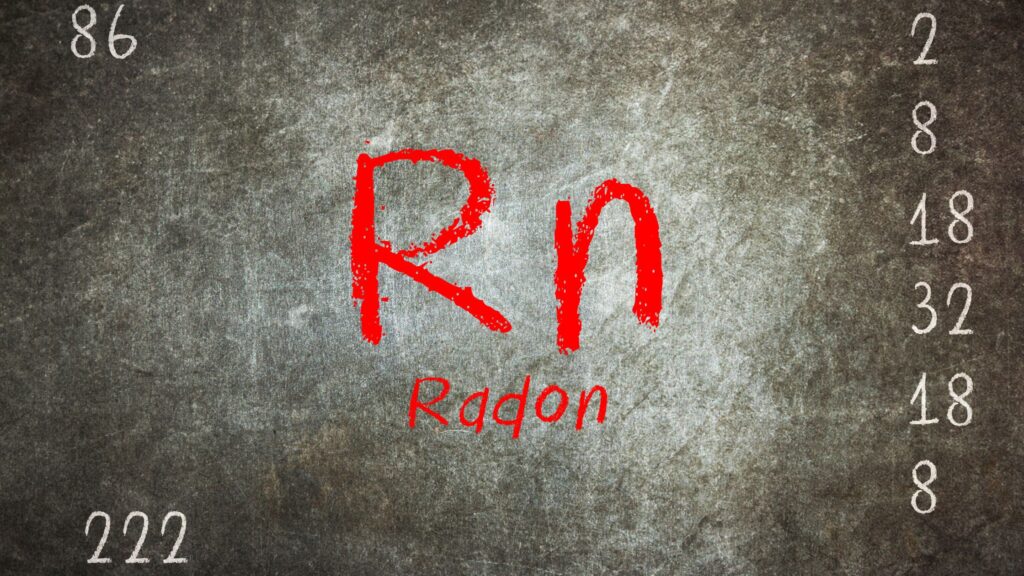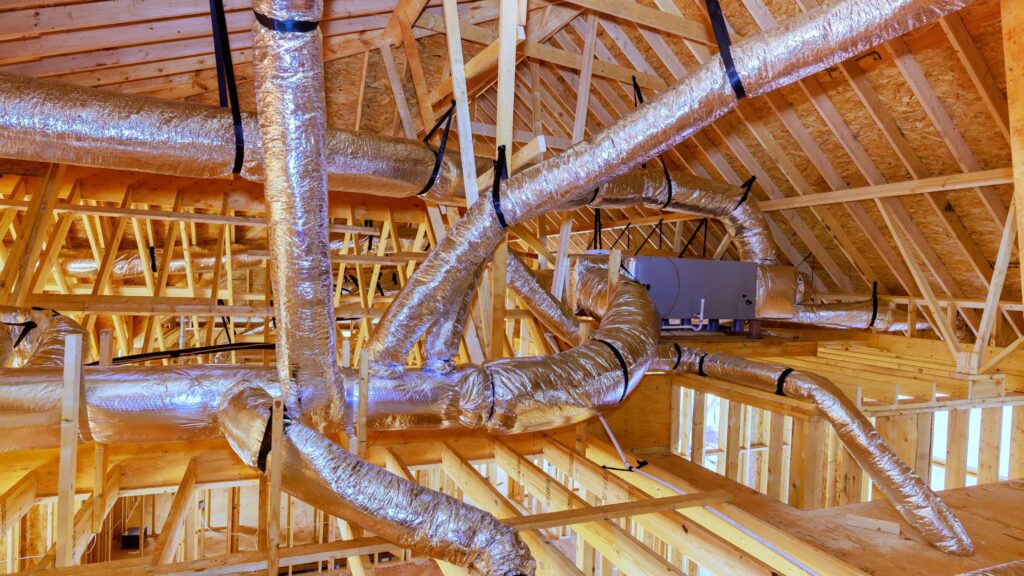Radon is a naturally occurring radioactive gas that quietly affects both the environment and human health. Even though it is colorless and odorless, radon is one of the most significant contributors to background radiation exposure in nature. Many people remain unaware of its presence and the health risks it brings. This article explores the origin, behavior, and impact of radon in nature, providing clarity on an issue that deserves attention.

What Is Radon?
Radon is a radioactive gas formed by the natural breakdown of uranium in soil, rock, and water. As part of the decay chain of uranium-238, radon releases ionizing radiation, which poses health risks, particularly when inhaled over extended periods.
Because it emerges from the earth’s crust, radon exists almost everywhere in trace amounts. While outdoor radon typically disperses harmlessly into the atmosphere, indoor concentrations—especially in poorly ventilated areas—can reach hazardous levels.
How Radon Develops in Nature
1. Geological Sources
Radon originates mainly from uranium-rich rocks and soil. Some areas naturally contain more uranium, making them high-risk zones for elevated radon levels.
- Granite, shale, and phosphate rocks tend to emit more radon.
- Areas with seismic activity often have more surface fractures, increasing radon release.
2. Natural Decay Process
Uranium decays to radium, and then radium decays into radon gas. This transformation is part of a naturally occurring radioactive chain.
- Continuous Production: The decay cycle never stops, so radon constantly forms underground.
- Migration: Once formed, radon escapes through soil pores and rock cracks.
How Radon Reaches the Environment
1. Soil and Rock Emissions
As radon forms, it escapes from soil and rock, rising toward the surface. Environmental factors like pressure and temperature impact how fast it moves.
- Cracks and fractures act as conduits for radon gas to travel.
- Soil porosity determines how easily radon escapes into the air or structures.
2. Waterborne Radon
In some regions, radon dissolves into groundwater. When people use well water, this radon can be released during activities like showering or cooking.
- Groundwater contamination is common in private wells.
- Aeration during use causes radon to vaporize into indoor air.

Health Impacts of Natural Radon Exposure
1. Lung Cancer Risk
Radon is the second leading cause of lung cancer after smoking. When inhaled, its radioactive particles damage lung tissue.
- Non-smokers are not immune: Radon exposure can harm anyone.
- Cumulative exposure over time increases cancer risk significantly.
2. At-Risk Populations
Certain groups are more vulnerable to radon’s effects, especially those with prolonged indoor exposure.
- Smokers face higher risks due to the combined effect of smoke and radiation.
- Children and the elderly may have weaker respiratory systems, making them more susceptible.
How to Measure Radon in Nature
1. Home Detection Methods
You can use DIY kits or professional services to measure radon levels at home. Testing is crucial in understanding the presence of radon in nature.
- Short-term kits measure levels over a few days.
- Long-term kits provide a more accurate year-round average.
2. Scientific Monitoring Tools
Researchers use advanced instruments to track radon levels in soil, water, and air.
- Alpha track detectors monitor cumulative exposure.
- Soil gas probes help identify high-emission areas.
Minimizing Exposure to Natural Radon
1. Home Mitigation Systems
Even though radon comes from nature, mitigation techniques can effectively reduce its impact indoors.
- Sub-slab depressurization vents radon from beneath the house.
- Sealing cracks and joints minimizes entry points.
2. Long-Term Prevention Strategies
Preventive construction methods and regular testing reduce radon risks over time.
- Radon-resistant construction should be used in new homes.
- Routine re-testing is important as radon levels can fluctuate seasonally.
Conclusion
Radon is an invisible yet powerful force in nature that directly impacts human health. Although naturally occurring, it becomes dangerous when concentrated indoors. By understanding how radon in nature forms, travels, and affects our lives, individuals can take proactive steps to safeguard their environment.
At Des Moines Radon , we emphasize human-based services for radon detection and mitigation. Our goal is to empower homeowners and communities with accurate information and personalized support.

FAQs
1. What is the main source of radon in nature?
Radon comes from the natural decay of uranium found in soil, rock, and water. It typically seeps through the ground and enters buildings through cracks or gaps.
2. Can radon exposure happen outdoors?
Yes, but the risk is minimal. Outdoor radon usually disperses quickly, preventing harmful concentrations. Indoor environments pose greater health risks.
3. How do I know if my home has high radon levels?
You can purchase a radon test kit or hire a professional service to conduct testing. The EPA recommends testing every two years or after major home renovations.
4. Is there a safe level of radon exposure?
No level of radon exposure is entirely safe, but the EPA sets 4.0 pCi/L as the action level. Lowering levels below this threshold can significantly reduce health risks.





